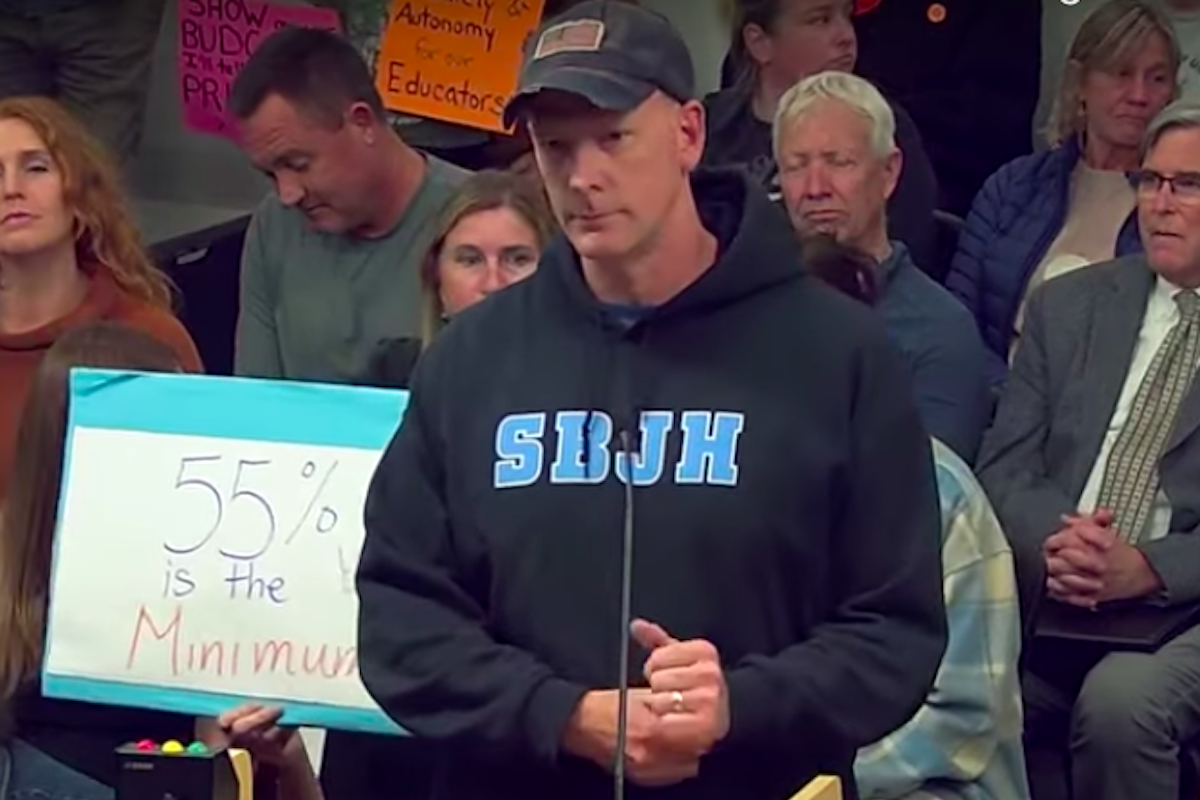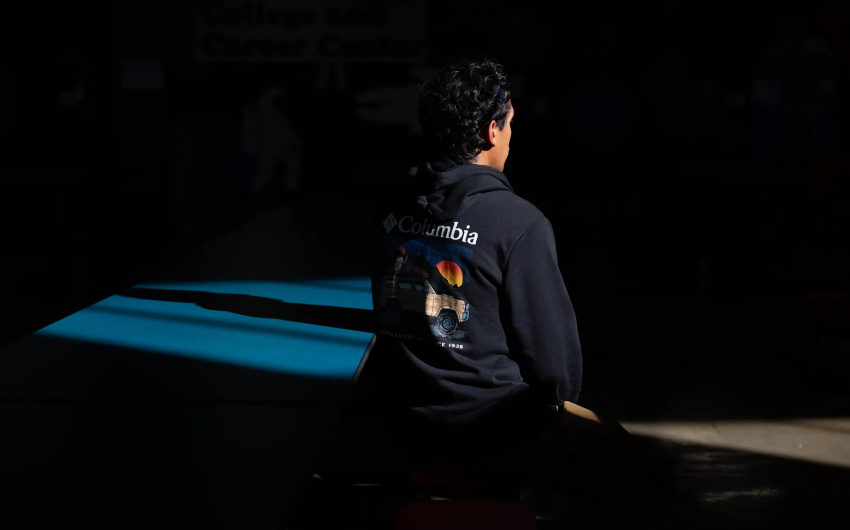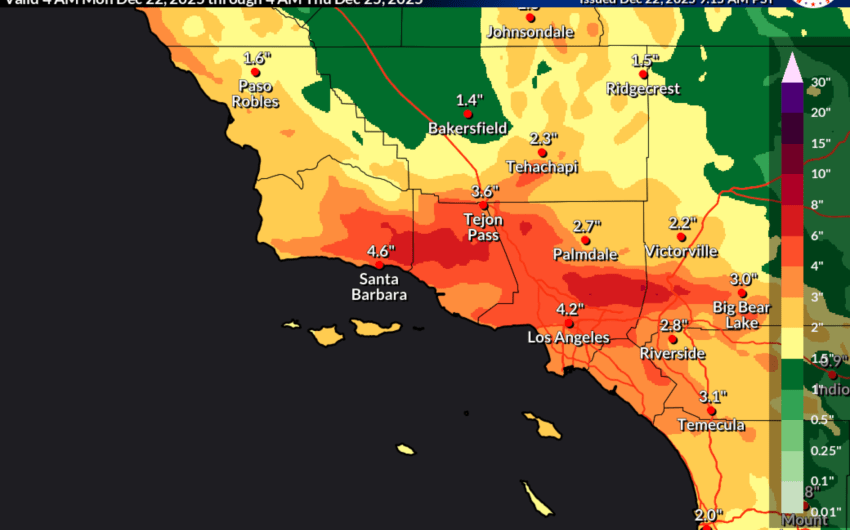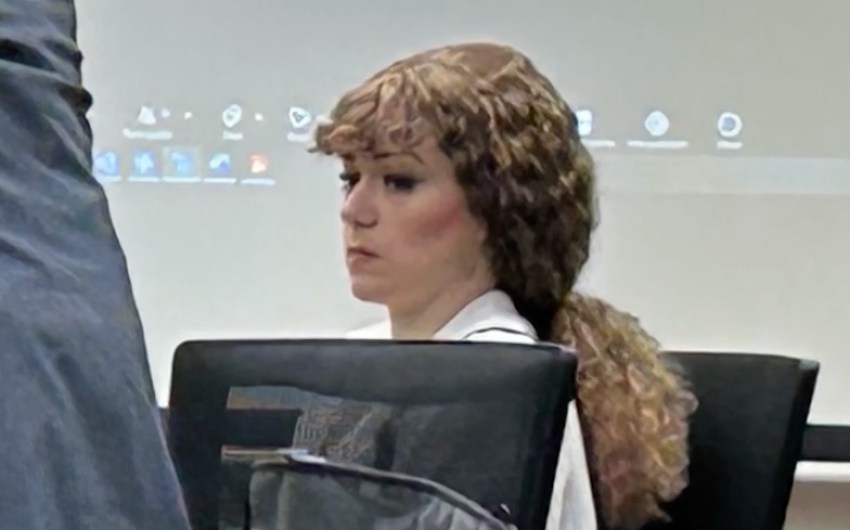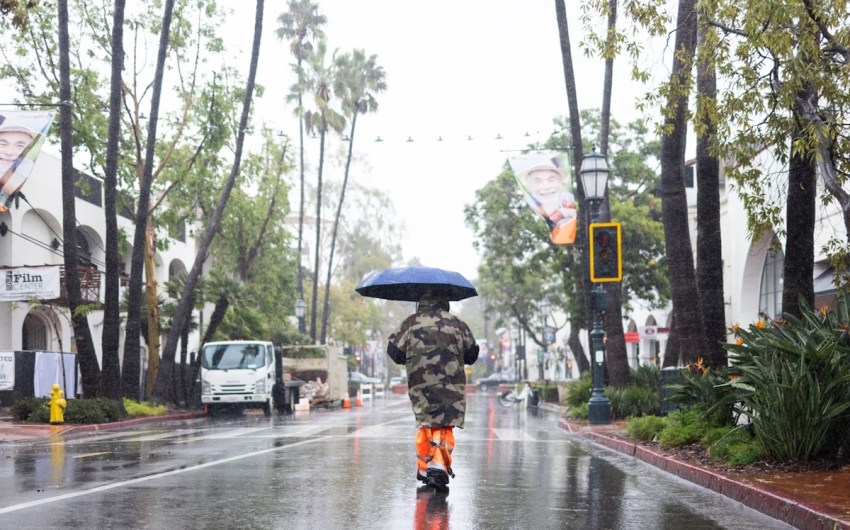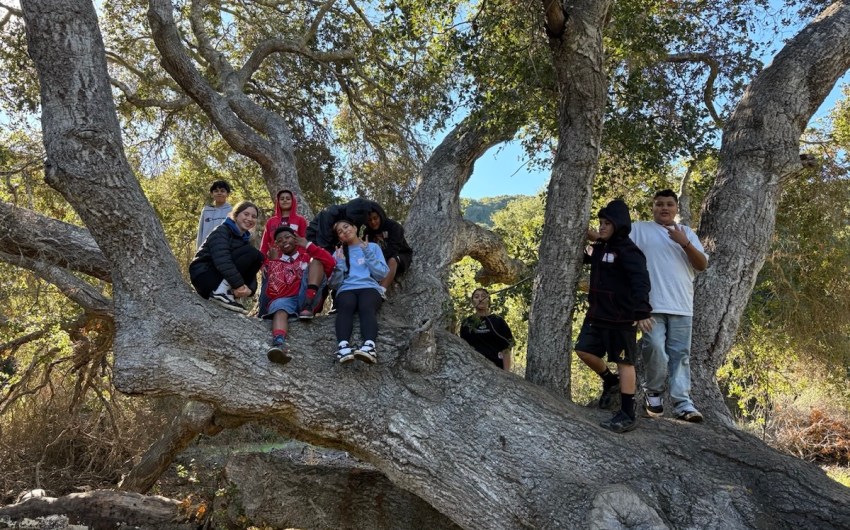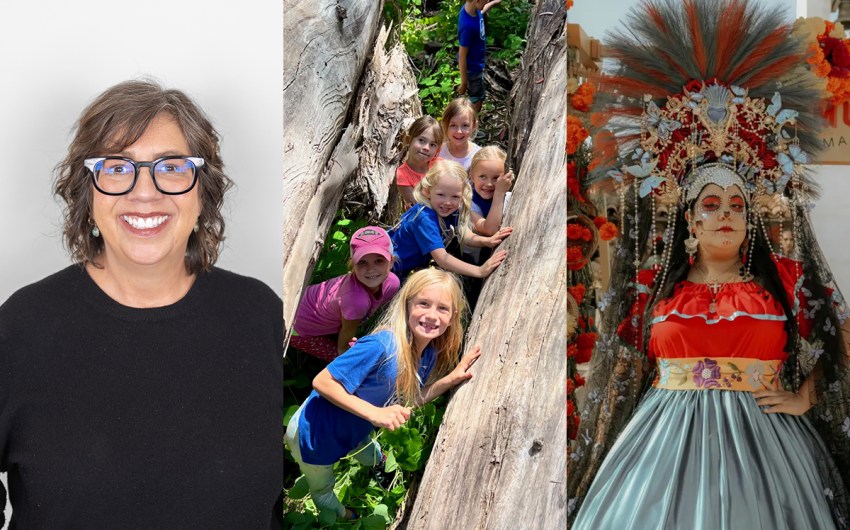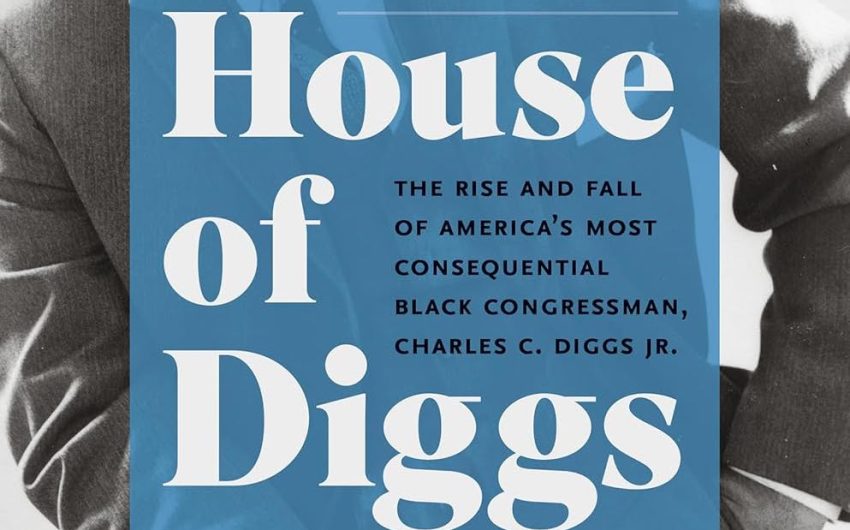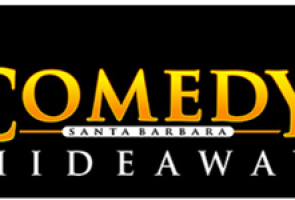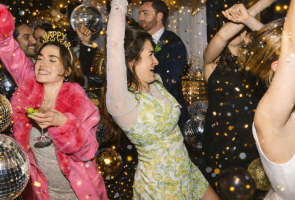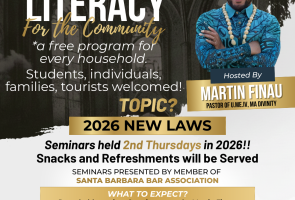A casualty of school budget cuts has been the arts programs, which have lingered wounded throughout the Santa Barbara Unified School District for decades. However, now, teachers are fostering a revival of stronger programs.
Junior high art and music teachers are advocating for the return of a seven-period day to counteract the bottleneck effect between elementary and high school arts programs.
“We’re at a spot where several programs across the district are in a real crisis,” said Santa Barbara Junior High (SBJH) theater teacher Rich Lashua. “We need to redesign our system to unclog that pipeline from elementary to high school.”
Lashua, the district’s only full-time performing arts teacher remaining at the junior high level, sat down with the Independent along with SBJH’s music teacher Brett Larsen to discuss their concerns.
The problem, they explained, started about 20 years ago, when junior highs cut the seventh period. Many electives were nixed, and the ones left were forced to compete with other courses.
It reinforced barriers faced by underserved students, such as emergent multilingual learners and students with disabilities, whose supplementary classes leave no room for an elective during the school day. Students, Lashua said, are expected to take “twice as much of the class that they probably hate the most.”
“So not only are we missing their voices in our choir and their instruments in our band, but they become disengaged with school,” he continued. “School is something we do to them.”
However, as Larsen pointed out, performing arts can be a valuable tool in areas such as language acquisition, and fostering self-confidence and excitement about school.
Lashua said he’s seen theater change some of SBJH’s “roughest, toughest, and angriest kids” into engaged students who “race each other to run the ropes and see who could lower the scenery and bring it back up faster.”
With the recent addition of a new 7th-grade health requirement, teachers are even more concerned about equitable access to these opportunities. If students want to participate in music or theater, they have to take a zero period or stay after school. This is challenging for working families with demanding schedules.
Meanwhile, those students who are able to enroll in performing arts classes find themselves with limited options. At SBJH, for example, all 8th-grade musicians have been placed in a first-period class.
“Imagine if all the basketball, football, soccer, tennis, and baseball players, freshman and varsity, were placed all under one coach in the same time slot with no assistance,” said Karen Dutton, a music teacher in the district for 36 years. “Absurd, right?”
To address some of these issues, the district recently introduced its five-year Strategic Arts Plan, created in collaboration with school leaders, community members, and visual and performing arts teachers from around the district.
It’s meant to act as a road map for improving equity and access, empowering arts educators, and building partnerships and collaborations with community resources. It was embraced by school board members in December.
Through Proposition 28 — which required the state to establish a new, ongoing program supporting arts instruction, beginning in 2023-24 — Santa Barbara Unified is being allocated $1.98 million to employ arts teachers and strengthen programs.
Among the plan’s many goals is addressing scheduling barriers during the school day at the junior high level and designating a full-time arts lead for TK-12.
The hope was to have the full-time arts director by this year, but that didn’t happen. “So that kind of cut it off at its knees,” Lashua said.
However, he thought that the current contract negotiations between teachers and the district made the climate “ripe for change.” Restoring the seven-period day to increase access to electives would cost the district around $1.5 million. It comes down to the district’s “priorities,” he said, and although they’re making progress, it’s been a slow-going process.
“The support really has to come from all sides,” Larsen added. “The call needs to be louder.”
A Glimpse of Community Support
This month, the Performing Arts Scholarship Foundation (PASF) invited local music educators from across the South Coast to brainstorm ideas to support music education.
Courtney Anderson, a music and theater teacher at Dos Pueblos High School, said that kids need to have the opportunity through music education to “make big mistakes! Make them loud! Make them better! Celebrate the process, not just the product.”
However, many of the educators brought up the lack of access to music classes, as well as other difficulties – limited funding, instruments becoming “endangered” because fewer students are learning them, and a lack of recognition of the value of music education among some school administrators.
PASF president Deborah Berling said the feedback will be used by PASF to “develop new strategies for supporting and cultivating music scholarship into the future,” including providing instruments to underserved students and assisting with publicity and grant writing for teachers.
Premier Events
Wed, Dec 31
9:00 PM
Santa barbara
NEW YEAR’S Wildcat Lounge
Wed, Dec 31
6:15 PM
Santa Barbara
NYE 2026 with SB Comedy Hideaway!
Wed, Dec 31
9:00 PM
Santa barbara
NEW YEAR’S Wildcat Lounge
Wed, Dec 31
10:00 PM
Santa Barbara
In Session Between Us: Vol. I NYE x Alcazar
Wed, Dec 31
10:00 PM
Santa Barbara
NYE: Disco Cowgirls & Midnight Cowboys
Thu, Jan 01
7:00 AM
Solvang
Solvang Julefest
Thu, Jan 01
11:00 AM
Santa Barbara
Santa Barbara Polar Dip 2026
Sat, Jan 03
8:00 PM
Santa Barbara
No Simple Highway- SOhO!
Sun, Jan 04
7:00 AM
Solvang
Solvang Julefest
Thu, Jan 08
6:00 PM
Isla Vista
Legal Literacy for the Community
Fri, Jan 09
6:00 PM
Montecito
Raising Our Light – 1/9 Debris Flow Remembrance
Wed, Dec 31 9:00 PM
Santa barbara
NEW YEAR’S Wildcat Lounge
Wed, Dec 31 6:15 PM
Santa Barbara
NYE 2026 with SB Comedy Hideaway!
Wed, Dec 31 9:00 PM
Santa barbara
NEW YEAR’S Wildcat Lounge
Wed, Dec 31 10:00 PM
Santa Barbara
In Session Between Us: Vol. I NYE x Alcazar
Wed, Dec 31 10:00 PM
Santa Barbara
NYE: Disco Cowgirls & Midnight Cowboys
Thu, Jan 01 7:00 AM
Solvang
Solvang Julefest
Thu, Jan 01 11:00 AM
Santa Barbara
Santa Barbara Polar Dip 2026
Sat, Jan 03 8:00 PM
Santa Barbara
No Simple Highway- SOhO!
Sun, Jan 04 7:00 AM
Solvang
Solvang Julefest
Thu, Jan 08 6:00 PM
Isla Vista
Legal Literacy for the Community
Fri, Jan 09 6:00 PM
Montecito

